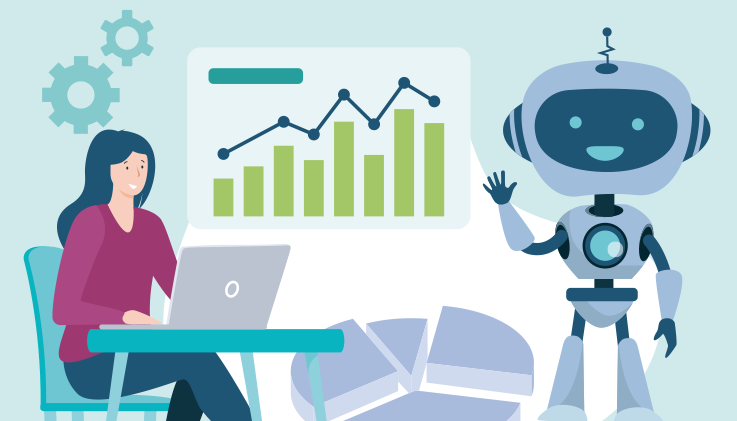Customer service automation is transforming how businesses interact with their customers. By leveraging technology, companies can provide faster, more efficient, and personalized support. This guide will explore what it is, its benefits, and how to implement it effectively.

1. Understanding Customer Service Automation
1.1 Definition
Customer service automation refers to the use of software and technology to handle customer service tasks without human intervention. This includes chatbots, automated email responses, and self-service portals.
1.2 Key Components
- Chatbots: AI-driven tools that can answer customer queries in real-time.
- Automated Emails: Pre-written emails triggered by specific customer actions.
- Self-Service Portals: Online platforms where customers can find answers to common questions.
2. Benefits
2.1 Improved Efficiency
- 24/7 Availability: Automation ensures that customer service is available around the clock.
- Faster Response Times: Automated systems can handle multiple queries simultaneously, reducing wait times.
2.2 Cost Savings
- Reduced Labor Costs: Automation minimizes the need for a large customer service team.
- Scalability: Easily handle increasing customer queries without proportional cost increases.
2.3 Enhanced Customer Experience
- Personalization: Automation tools can use customer data to provide tailored responses.
- Consistency: Ensures uniform responses to common queries, maintaining brand voice.
3. Implementation
3.1 Assessing Needs
- Identify Pain Points: Determine which aspects of customer service need improvement.
- Set Goals: Define what you aim to achieve with automation, such as reducing response times or improving customer satisfaction.

3.2 Choosing the Right Tools
- Research Options: Compare different automation tools based on features, cost, and ease of integration.
- Pilot Testing: Implement a small-scale test to evaluate effectiveness before full deployment.
3.3 Training and Integration
- Staff Training: Ensure your team understands how to use the new tools.
- System Integration: Seamlessly integrate automation tools with existing customer service platforms.
4. Best Practices
4.1 Maintain a Human Touch
- Hybrid Model: Combine automation with human support for complex issues.
- Feedback Loops: Use customer feedback to continuously improve automated responses.
4.2 Monitor and Optimize
- Performance Metrics: Track key metrics like response time and customer satisfaction.
- Regular Updates: Keep automation tools updated with the latest information and features.
4.3 Ensure Data Security
- Compliance: Ensure your automation tools comply with data protection regulations.
- Encryption: Use encryption to protect customer data.
5. Future Trends
5.1 AI and Machine Learning
- Advanced Chatbots: More sophisticated AI will enable chatbots to handle increasingly complex queries.
- Predictive Analytics: Use data to predict customer needs and proactively address them.
5.2 Omni-channel Support
- Seamless Integration: Provide consistent support across multiple channels, including social media, email, and chat.
- Unified Platforms: Use platforms that integrate all customer service channels into one interface.
5.3 Personalization at Scale
- Dynamic Content: Automate personalized content delivery based on customer behavior and preferences.
- Customer Journeys: Map out and automate entire customer journeys for a more personalized experience.

By understanding and implementing customer service automation, businesses can significantly enhance their support capabilities, leading to happier customers and more efficient operations.
You can also read:
Global Customer Service Excellence: 8 Strategies for Success



